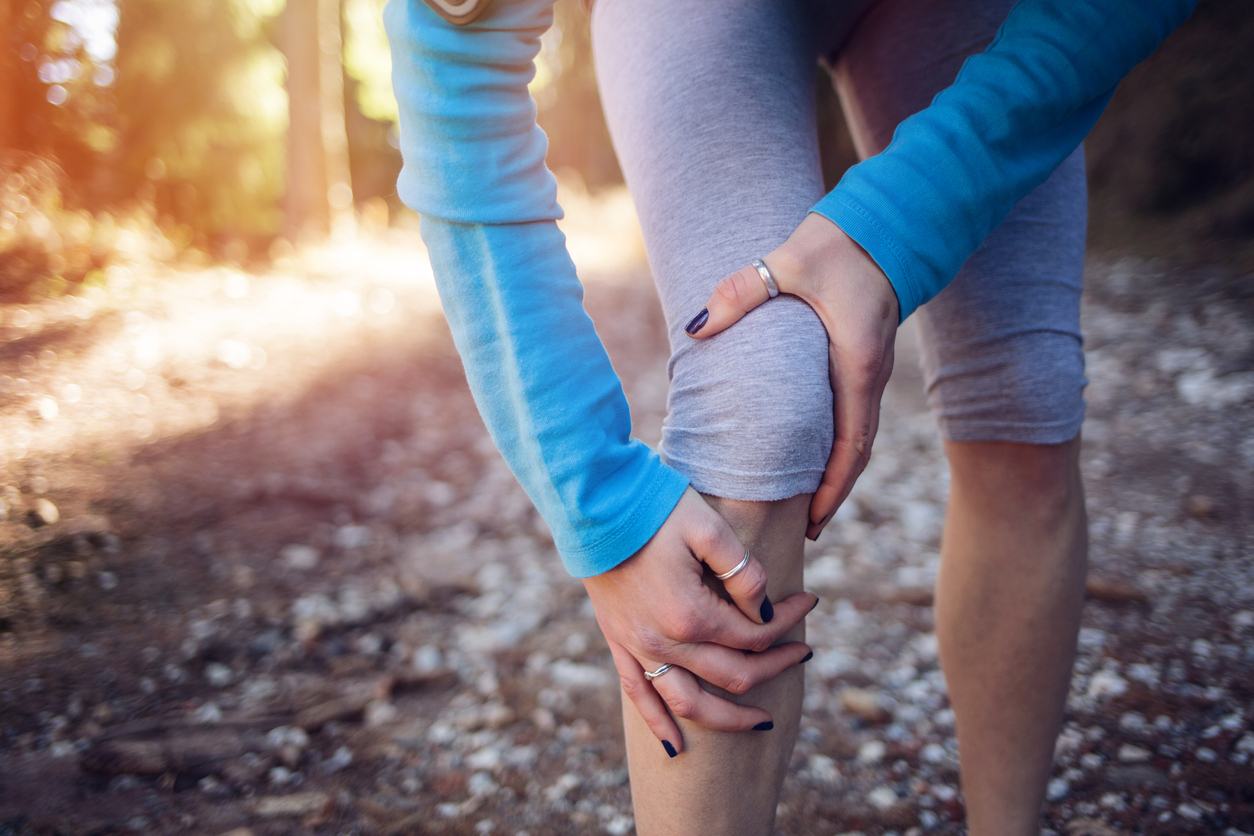Pain
What Is Osgood-Schlatter Disease?

Osgood-Schlatter disease is one of the most common causes of knee pain in children and teenagers. It may result in a lump under the kneecap and can affect one or both knees. Inflammation and pain occur below the knee joint, where the tendon in the kneecap (patella tendon) joins the top of the shinbone (tibia).
This condition usually develops during growth spurts, between the ages of 8-13 in females and 10-15 in males. It is most dominant in adolescent athletes who participate in sports that require running or jumping.
Symptoms
Symptoms of Osgood-Schlatter disease vary per individual. Pain may be mild and only present with physical activity, or it can be ongoing and debilitating. Symptoms can last from a few weeks to several years; however, they typically subside once the growth spurt is complete. Symptoms include the following:
- Knee or leg pain
- Limping, especially following physical activity
- Pain that worsens during sports involving jumping, running, or rapid changes in direction
- Swelling, tenderness or warmth under the knee or over the shinbone
- Bony lump under the kneecap
Causes
Osgood-Schlatter disease occurs when the growth plate near the top of the shinbone is irritated. While a child is still growing, the areas of growth at the knee joint are made of cartilage, which is weaker than bone. The growth plate can become inflamed and painful due to high amounts of stress to this area.
During physical activities that place a lot of pressure on the knee, the tendon connecting the shinbone and kneecap may separate slightly from the shinbone. As the body tries to grow new bone to close the gap, a bony lump can form.
Risk factors
Certain factors increase the likelihood of developing Osgood-Schlatter disease. They include the following:
- Gender. Males are more likely to experience Osgood-Schlatter disease than females.
- Growth spurts. This disease is more common during growth spurts.
- Age. Females between 8-13 years old or males between 10-15 are at increased risk.
- Athletics. Sports involving running, jumping and twisting increases the risk.





